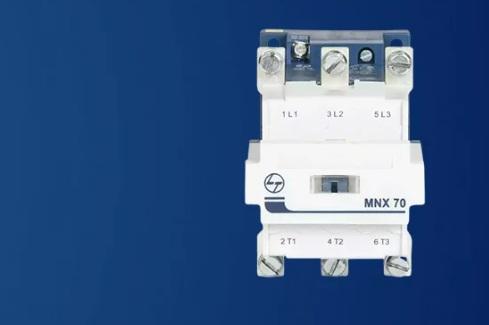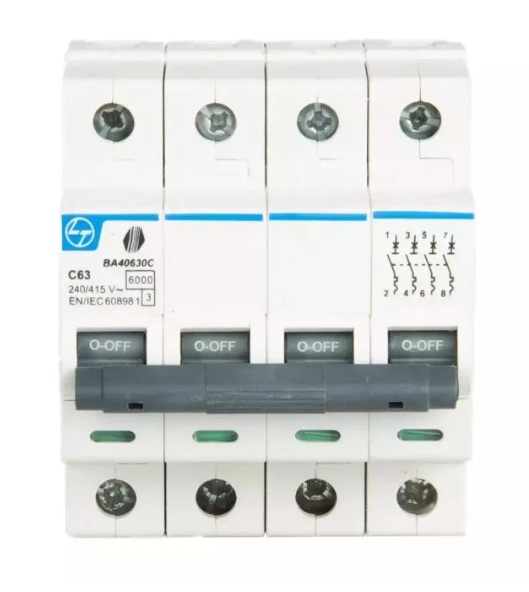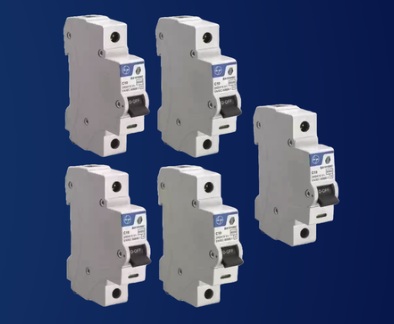Notifications

8 minutes, 44 seconds
-15 Views 0 Comments 0 Likes 0 Reviews

Electricity powers almost everything in our lives—from home appliances to industrial machinery. But with the convenience of electricity also comes the critical responsibility of electrical safety. One of the most important components ensuring this safety is the MCB or Miniature Circuit Breaker. Whether you’re an electrical engineer, a home user, or a curious learner, understanding the MCB working principle can help you appreciate how essential this device is in protecting your electrical system.
In this guide, we will break down everything you need to know about MCBs—what they are, how they work, why they matter, and how to choose the right one for your needs.

What is an MCB?
An MCB (Miniature Circuit Breaker) is a type of switch designed to automatically interrupt an electrical circuit during abnormal conditions, such as short circuits or overloads. It acts as a modern replacement for traditional fuses but is far more reliable and easier to use.
In simpler terms, when there’s too much current flowing through a circuit—more than it’s designed to handle—the MCB detects this and quickly shuts off the power. This action helps to prevent electrical fires, equipment damage, and personal injury.
Why Are MCBs Used?
Before we dive into the MCB working principle, it’s important to understand the reasons behind its widespread use:
Protection: It protects cables and equipment from current overloads.
Convenience: MCBs can be easily reset after tripping. No need to replace them with fuses.
Reliability: They are sensitive to even minor faults, offering quick response times.
Maintenance: Minimal maintenance is required once installed.
Longevity: Can last for many years with proper use.
MCBs are used in both residential and commercial settings—wherever there is a need for safe power distribution.
MCB Working Principle
The MCB working principle is based on two core phenomena:
Thermal Operation (for Overload Protection)
Magnetic Operation (for Short-Circuit Protection)
Let’s explain each:
1. Thermal Operation
This works through a bimetallic strip. When an overload occurs (i.e., a higher-than-normal current flows for an extended time), the strip heats up and bends. This mechanical action triggers the MCB to trip and break the circuit.
Example: Let’s say you plug too many devices into one socket. The current exceeds the rated limit, the strip heats up, bends, and opens the circuit—cutting off the electricity before damage occurs.
2. Magnetic Operation
In the case of a short circuit, the current rises suddenly and sharply. The MCB uses an electromagnet for this scenario. The strong magnetic field generated by the excess current pulls a lever, which instantly disconnects the circuit.
Example: A sudden power surge or a fault in wiring can lead to short-circuiting. The MCB reacts almost instantaneously (within milliseconds) to disconnect the power.
This dual-protection mechanism ensures comprehensive safety under various fault conditions.
Types of MCBs
There are several types of MCBs, each designed for specific applications and response characteristics. Common types include:
Type B MCB: Trips between 3 to 5 times the full load current. Ideal for residential homes.
Type C MCB: Trips between 5 to 10 times the full load current. Used in commercial and industrial setups with moderate inrush currents.
Type D MCB: Trips between 10 to 20 times the full load current. Suitable for heavy machinery and industrial equipment.
Choosing the right type depends on the nature of your electrical load and the environment.
Advantages of Using MCBs
Quick Response: Responds instantly to overcurrents and short circuits.
Reusability: Unlike fuses, MCBs can be reset and used again.
Compact Size: Takes up minimal space in a distribution board.
Visual Indication: Shows clear signs when it has tripped.
Safe Operation: Eliminates the risk of electrical shocks during resetting.
Applications of MCBs
MCBs are incredibly versatile and can be found in:
Residential Homes: Protecting kitchen circuits, lighting systems, and outlets.
Offices: Ensuring that computer systems and lighting are protected.
Industries: Protecting machinery, control panels, and motors.
Educational Institutions: Used in lab setups and power supply systems.
Retail Shops: Guarding against faults in air conditioners, refrigerators, and cash registers.

Factors to Consider Before Choosing an MCB
Choosing the right MCB is essential for effective protection. Here are some key factors to evaluate:
Rated Current: Ensure the MCB is rated for the typical current in the circuit.
Breaking Capacity: The maximum current the MCB can interrupt safely.
Response Curve (Type B, C, D): Match with the type of load.
Voltage Rating: This should match or exceed the voltage in your circuit.
Number of Poles: Single-pole for lights, double-pole for appliances, and three/four poles for heavy-duty use.
Getting expert guidance from a professional electrical company or technician is always recommended when in doubt.
Future Trends in MCB Technology
The field of electrical protection is evolving, and so are MCBs. Here are some future-focused innovations to look out for:
Smart MCBs: Integration with IoT devices for remote control and monitoring.
MCBs with AFCI (Arc Fault Circuit Interrupters): Detects arcing conditions.
MCBs with Ground Fault Protection: Combines MCB and RCCB functionality.
Environmentally Friendly Designs: Non-toxic, recyclable materials.
These improvements are driving better safety, energy efficiency, and smarter home solutions.
Common Mistakes to Avoid
When dealing with mcb installations or replacements, avoid these common errors:
Overrating the MCB: Choosing an MCB with too high a current rating can be dangerous.
Incorrect Type: Using Type B for industrial equipment can lead to nuisance tripping.
Improper Installation: Always ensure professional installation to avoid wiring hazards.
Ignoring Manufacturer Guidelines: Follow specifications and recommendations for safety and longevity.
Conclusion
Understanding the MCB working mechanism and its role in electrical safety is crucial for anyone involved in power systems—whether at home or in industrial environments. From detecting overloads to breaking circuits instantly in the event of faults, MCBs are foundational to modern electrical safety.
If you're looking to upgrade your current system or need expert guidance in selecting the right MCB, turn to professionals you can trust.
Lauritz Knudsen Electrical and Automation is a trusted name in the field of electrical safety and automation solutions. They offer high-quality, reliable MCBs, custom-designed for every type of application—residential, commercial, or industrial. With their deep technical expertise and focus on customer satisfaction, you can be confident in making your electrical systems safer and smarter.

